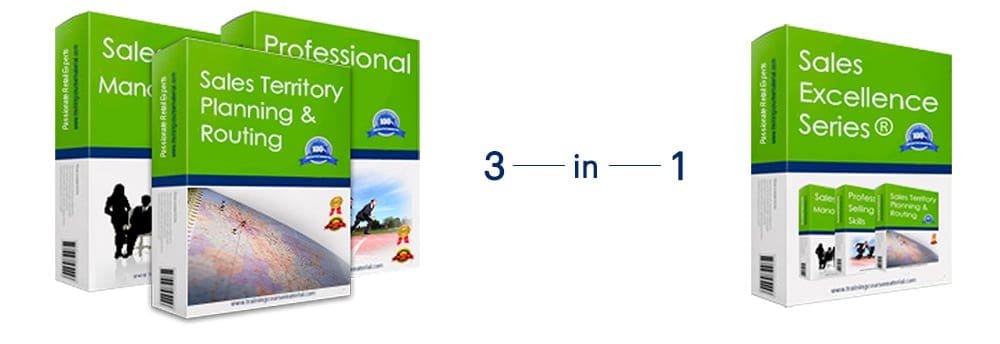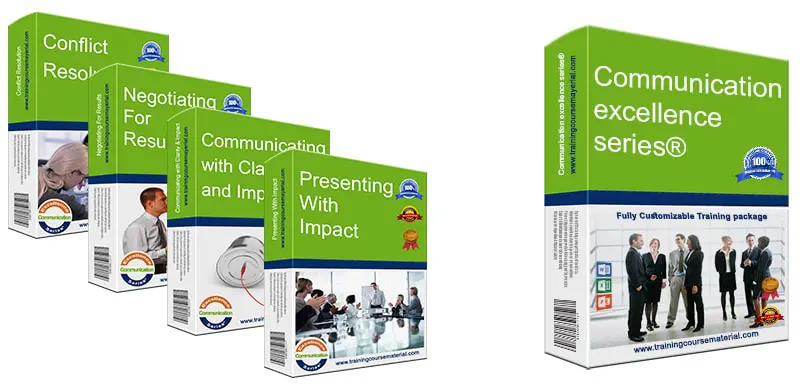The 10 Coaching Commandments
1. Suspend your own personal judgments
You can’t like everyone in your team. What impact does liking or disliking a team member have on your relationship with them?
We already know that your perspective changes depending on which team member you are looking at. It’s a lot easier to coach someone you like and feel at ease with. Much as we may wish it was different, we can’t like everyone we work with. Are you the kind of manager who cuts people you like a little more slack? Or are you the kind of manager who is tougher on the people you like and easier on people you don’t like, to compensate? Either way, you’re responding like a human being to another human being. Don’t beat yourself up about it, but be aware of how it impacts on the coaching dynamic.
2. Separate characteristics from Factors affecting performance
Separate characteristics from factors affecting performance by thinking of as many factors as possible that causes the performance gaps you are confident you have witnessed that are backed up by evidence and solid facts. It is very important to brainstorm as many possible causes of performance gaps as possible cause this will be the main framework of your performance evaluation and observation then the next step is to divide the causes into two categories:
a - Characteristics : which are all the personal traits, skills and capabilities that the team member brings into his/her performance (Attitudes, Skills and knowledge)
b- Factors affecting performance : Those things beyond your team member's control The next step is to revisit the list of characteristics and factors affecting performance and look for evidence to support or counter each. At this point, it is not unusual to discover that all the contributory factors are factors affecting performance rather than characteristics. This means you need to take off your coaching hat,put on your manager hat, and sort out the factors. Supposing, however, you find that in a missed deadlines problem there is evidence of poor time management and coordinating skills? Well, now you know which characteristics you’re working with.
3. What happened that confirms this behavior needs changing?
What do you see and hear in the other person’s behavior that tells you something isn’t good enough? For example, you see this person arriving late for work every morning, and hear the same excuses about traffic.
4. After changes are made, how can I evaluate that these changes are effective and the situation now is good enough?
What do you need to see and hear to indicate that the person has made the necessary change? In the example, you’ll see this person at her desk and ready to work at the expected time, just like the rest of the team.
5. Ask questions rather than make statements.
That approach both allows individuals the responsibility of reaching their own conclusions and forces them to think about the issues. "How else could you have reacted when ......?" rather than "You should have ........!" (The previous examples could all useful be re-worded as questions: "How do you think it looked to the interviewee when he saw you gripping your pencil so tightly that your knuckles went white?" and "How did she react when you started to shout?"). See also: Asking Questions
6. Comment on the thing- that an individual did we!!, as well as areas for improvement.
It is important that people feel empowered by the process if they are to work positively at improving their performance. If the experience leaves them feeling inadequate or humiliated, it will have been counterproductive. Because of our cultural inhibitions about accepting praise, it is particularly important that praise is sincere and given about very specific items of behaviour. In that way, even the most diffident person will accept it.
7. Let them give you their story and experience in a " Narrative rich discussion"
Narrative-rich discussions are those in which you basically get someone to tell you the whole story of the event. If they give you the little details, the nuances, their feelings (all the story’s local colour), you can learn so much more about what’s happening than you can with a ‘just give me the hard facts’ approach.
8. Jointly agree development tactics
How will the person go about achieving success? You could help by doing it yourself (ie. People can learn effectively from you in some important respects through observing you as the model of how something should be done). You could also achieve significant change by rewarding appropriate behaviour when you observe it.More likely though, you will need to develop a clear plan, covering the following ground:
• What can you do yourself?
• What can other people including myself do to help?
• How will you go about it?
• Who will be involved?
• What methods will be used?
• What is likely to get in the way and make life difficult. Ie. Anticipate any known or likely difficulties and have contingency plans for handling them?
9. Monitor Progress & Follow-up
How will progress be recognized? How will it be measured? Balance the person’s accountability against the need to learn, bearing in mind that learning sometimes leads to mistakes being made. Plan for systematic reporting back and create a climate of openness and frankness for when this happens.
10. Always allow enough time for the coaching session.
A proper coaching session is not something to be rushed or done on the fly. It is a process that requires a lot of preparation and planning to achieve the desired outcome and actually help your team member overcome a specific performance problem. You may find that your discussion with the coachee about his or her needs and the subsequent objective setting is going to take longer than you thought. The best thing to do in this situation is to end the meeting once you have analysed the needs and to set another time where you will discuss objectives. As soon as you are aware that time is running out, you should start to renegotiate how you will complete this stage.
For more on coaching, check out our Coaching People for Better Performance instant download training package.
Coaching & Feedback Related Articles
- Coaching for better performance
- Qualities & Skills of a coach
- Why coaching and feedback goes wrong?
- GROW Coaching Model
- The Body Coaching Model
- Giving Feedback
- Receiving Feedback
- Giving Negative Feedback
- Top 10 Feedback tips
- STAR feedback model
- The 10 Coaching Commandments
- Different types of coaches
- Giving feedback as part of coaching
- Choosing an area to coach to improve performance
- Coaching/Training/Counselling/Mentoring - Clearing out the confusion
- What is coaching all about?

34 Full Courses & 6 Mini Courses
Get all available programs
& save ...!!
Price: $4499.95 $2995.95
Great Value For Money
Read More
|
+ | 
|
The Presenter-Trainer Package®
Train The Trainer
Presenting With Impact
Price: $359.95 $299.95
SAVE $59.95
Read More
Retail Excellence Series®
3 Complete Courseware
Packages in 1
Frontline Retail Selling Skills
Retail Sales Planning & Forecasting
Passionate Retail Experts
Price: $539.855 $349.95
Pay for 2 Get 1 Free
Read More
Sales excellence series®
3 Complete Courseware
Packages in 1
Sales Management
Professional Selling Skills
Sales Territory Planning & Routing
Price: $539.855 $349.95
Pay for 2 Get 1 Free
Read More
Call Center Excellence Series®
4 Complete Courseware
Packages in 1
Handling angry and difficult callers
Call control
Find a way to say YES!
Successful telephone debt collection
Price: $719.95 $449.95
Pay for 2 programs and Get 2 programs Free
Read More
Communication Excellence Series®
4 Complete Courseware
Packages in 1
Communicating with clarity and impact
Negotiating for results
Conflict resolution
Presenting With Impact
Price: $719.95 $449.95
Pay for 2 programs and Get 2 programs Free
Read More
Customer Service Excellence Series®
5 Complete Courseware
Packages in 1
Vision, Energy & Passion To Serve
Pathways to service excellence
Find a way to say YES!
Passionate Retail Experts
Setting others up for success
Price: $899.75 $599.95
Pay for 3 Get 2 Free
Read More
Instant Download
Training packages
All you need
to deliver a great training!
Our training material packages come with all you need to provide
a professional and accelerated learning solution with

High Impact
Power Point Slide Deck
To support immersive learning, a high impact professionally designed power point slide deck to engage trainees at all levels.

Student
Workbook
A comprehensive reference workbook you can give out to your class participants as a quick future reference.

Trainer
Guide
With step-by-step clear directions with tips and suggestions on what to say and how to present each slide.

Activity
/Exercise Sheets
Various training material and support documents to help you both explain and debrief the different exercises, activities and games Plus a fun final Jeopardy style review game as a fun ending for your training program.

Additional
Support Documents
To ensure you have all you need to deliver a complete and professional training program, additional supporting documents are included with each full course material package. From training evaluation forms to 5 different certificate templates that you can edit and hand out to your participants at the end of your training.

Job Aids
& Forms
Specific forms designed to extend and reinforce the training that participants can utilize back on the job to help them apply the new learned concepts (Select training material packages)


